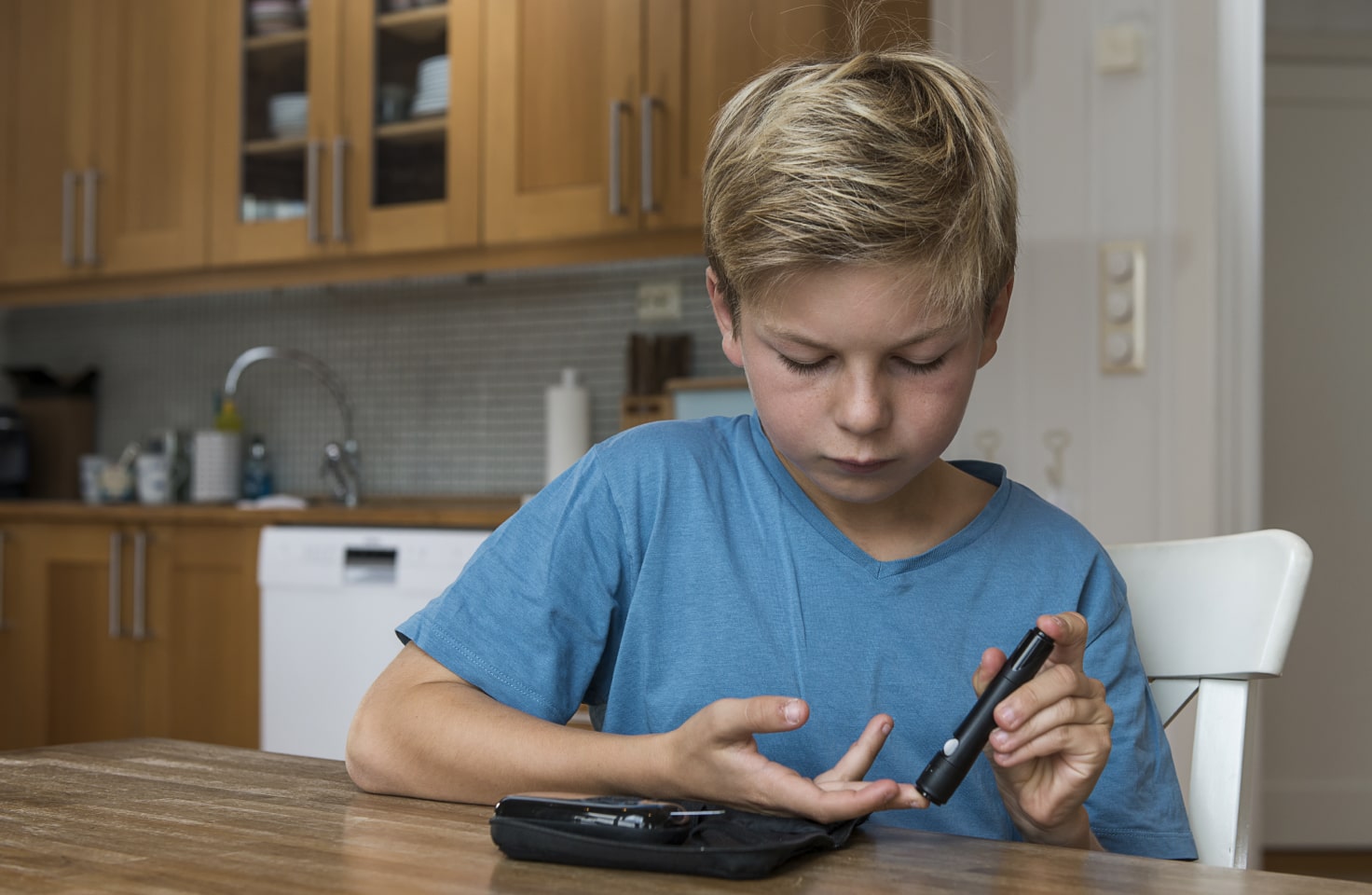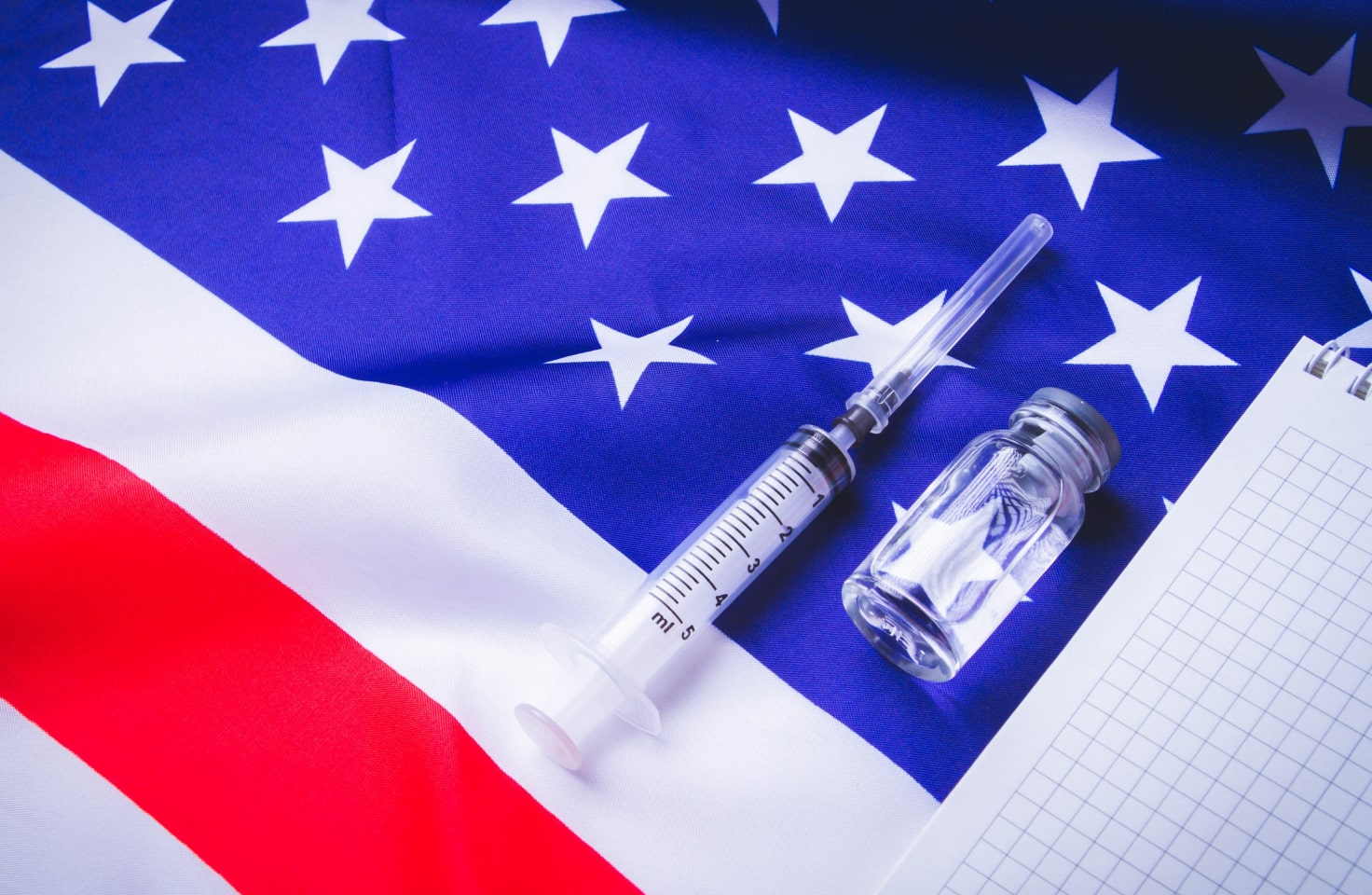T1D Guide
T1D Strong News
Personal Stories
Resources
T1D Misdiagnosis
T1D Early Detection
Research/Clinical Trials
Back-to-School Guide for T1D Parents: Tips & Checklist
It’s hard to believe it’s that time of year again, but here we are—it’s back-to-school season! Whether you have a kiddo with type 1 diabetes headed back to grade school or off to college for the first time, we offer this guide to help ensure their success as they pack up and head back to the classroom.

This guide includes top tips and packing lists to help your child start school with type 1 diabetes (T1D) confidently and comfortably. And so you can have peace of mind as a T1D parent!
Make Sure They Pack All of Their Medicine and Supplies
On top of standard school supplies, here’s a quick list of diabetes supplies and medications they might need to head back to school smoothly with peace of mind.
Essential Diabetes Supplies for School:
- Blood glucose meter (BGM), lancets and test strips
- Continuous glucose monitor (CGM) supplies: sensors, receiver, transmitter and charging cables
- Insulin pump infusion sets, reservoirs, cartridges, batteries or charging cables
- Emergency glucagon
- Low blood sugar supplies
Here's a list of 5 Quick and Effective Products to Raise Low Blood Sugar.
- Copies of your 504 plan, emergency action plan, or individualized health plan (IHP)
- Letter from your child’s doctor outlining diagnosis and accommodations
- Parent/caregiver contact information
- Doctor contact information
- Alcohol swabs and skin prep wipes
- Adhesive patches or overlays
- Backup syringes or insulin pens
- Insulin vials
- Medical bracelet to support them in emergencies

Other Important Items to Consider:
- Smartwatch to support optimal blood sugar management
- Mini fridge to store diabetes medicine requiring refrigeration
- Storage boxes for devices and medication not requiring refrigeration
- Purse or pouch to carry diabetes supplies and medication
- If in grade school, a school-approved communication device to contact you if needed
For grade-schoolers, consider keeping backup supplies in the nurse’s office or their primary teacher’s classroom.

Important Tip: For college students, backup supplies are non-negotiables, especially if they’re going far away. If you’re raising a T1D college student, ensure they are set up at the nearest pharmacy covered by their insurance, have their insurance card, and carry emergency information in case they are unable to help themselves.
In general, it’s a good idea for most people with diabetes to wear some sort of identifier, whether it’s a medical bracelet, necklace, wallet card, shoe accessory, or smartphone application.
Identify and Train Their Support Team
For grade school students, it’s important to train their primary educators and nursing staff on their diabetes management routines. This includes how to contact you if the child cannot speak or support themselves in managing their diabetes.
Each parent-child relationship has a unique way of handling diabetes, so explain what that looks like to the nursing and educational staff.

Strongly consider the following talking points as you prepare your kiddo for back-to-school.
Back-to-School Prep for Kids with T1D: Key Talking Points for Parents
Health condition overview
Explain their type 1 diabetes diagnosis, current diabetes regimen, and any symptoms that require immediate attention, especially low blood sugar warning signs.
Medication and devices
List all of their medications, dosages, how and when they are administered (by whom), demonstrate how to use the medicines and devices, and provide backups, as mentioned above.
Emergency action plan
Share a copy of your kiddo’s emergency action plan, whether that’s a 504 plan or individualized health plan (IHP), outline steps for severe low or high blood sugar treatment, and ensure their emergency contact info is always up to date.
Daily support
Share their snack and mealtime routines, bathroom and hydration needs, and scheduled check-ins. For example, how soon should they check their blood sugar before recess or lunchtime? Are there other times of day that are better for a check-in? Who should have access to their blood glucose levels throughout the day on-site.

Diabetes Supplies for Extracurricular Activities
Field trips and sports
Talk about who is responsible for your child’s health needs when they’re off-campus or participating in after-school activities like sports or the performing arts. T1D shouldn’t stop your kiddo from participating, but they still need to be prepared and responsible for their management, with your support and/or the school’s help!
Make sure the staff accompanying them knows how to carry and use their diabetes medicine and supplies when they aren’t near the nurse’s office or when the nurse has gone home for the day—this often happens after school.
Teachers should have basic awareness, provide the necessary classroom accommodations, support your communication plan, and maybe even provide peer education if that’s part of you and your kiddo’s diabetes management strategy. It’s important to support your kiddo’s comfort level, knowing when to encourage sharing out of necessity and when it’s not needed. Having that conversation proactively before school can help create a comfortable environment!
Many of these tips also apply to college, especially when studying abroad, helping your child share with their roommate or resident advisor (RA), and even how to talk to their college professors about it. It can be helpful for you and your young adult to meet with the medical team and exchange information if any issues come up while they’re conquering the world!
Read one T1D writer’s personal experience heading off to college.

Talk Through Your Back-to-School Plan with Your Kiddo
Don’t create your child’s back-to-school plan in a vacuum—include them in the process to understand and address what matters most to them. It’s crucial for them to take the lead in creating their back-to-school plan as much as possible, even when they’re young.

This is about their body and health! And we know how much you care. If they haven’t managed things independently before, reassure them they’re not alone but are capable of handling a lot. Explain how they can reach out when they have questions, who they should ask when you’re not around, and where all of their essential items will be kept for safekeeping and quick access during the day.
Involving them in the process can help your kiddo feel empowered, encourage autonomy, build self-esteem, and help you both feel more secure with your back-to-school action plan!
Determine How You’ll Stay in Touch During the School Day
Young children might find this especially challenging, and even some college students may struggle with it! Especially if it’s their first time far away from home. Your child’s needs for your involvement can also change over time, especially as or if their technology habits evolve.
That’s okay and completely normal. Discuss with them how they want you included to find the best way to stay connected, whether that’s a few school-approved cell checks during the day or simply checking a blood sugar device like Glowcose, the Glucose Projector, or SugarPixel. These tools can help you stay in touch without your kid feeling like you’re constantly monitoring them!
Keep having this conversation over the years—yes, even when they’re adults.
If possible, you might even share your child’s CGM data with their teacher or stay in touch with the teaching staff; whatever is most comfortable and appropriate for your setup and dynamic.
Likewise, if it’s financially feasible, consider including a blood sugar companion (like the devices mentioned above) in your kiddo’s classroom or dorm room.
.jpg)
This can encourage engaging, easy conversations about type 1 diabetes that might otherwise feel awkward for your kids to initiate with classmates.
You might also think about bringing your favorite children’s books or novels about type 1 diabetes to the classroom or dorm room for these reasons: stories from others can make T1D feel more approachable when making new friends, especially if your kiddo doesn’t have the words themselves.
Remember: You Got This!
You are not the first family to have to figure out back-to-school with T1D. There is a wealth of resources, information, and groups in-person and online that have been through it before and are usually very willing to trade tips, words of encouragement, and discuss challenges together.
When it comes to troubleshooting in the T1D community, you’re never far away from someone who cares and is willing to share, thanks to the power of the web.
Get proactive to enjoy the school year. You got this, T1D parents!








.webp)
.jpg)
.jpeg)
.jpg)
.webp)
.jpg)
.jpg)
.jpg)

.jpg)

.jpg)

.jpg)



.jpg)
.jpg)
.jpg)

.jpg)

.jpg)














.jpg)


.jpg)







.webp)












.webp)




















.webp)








.jpg)




.jpg)
















.webp)